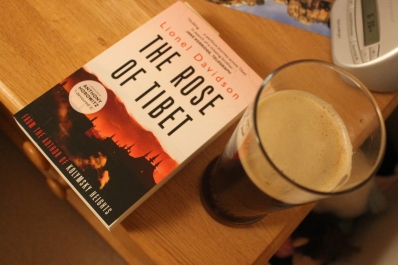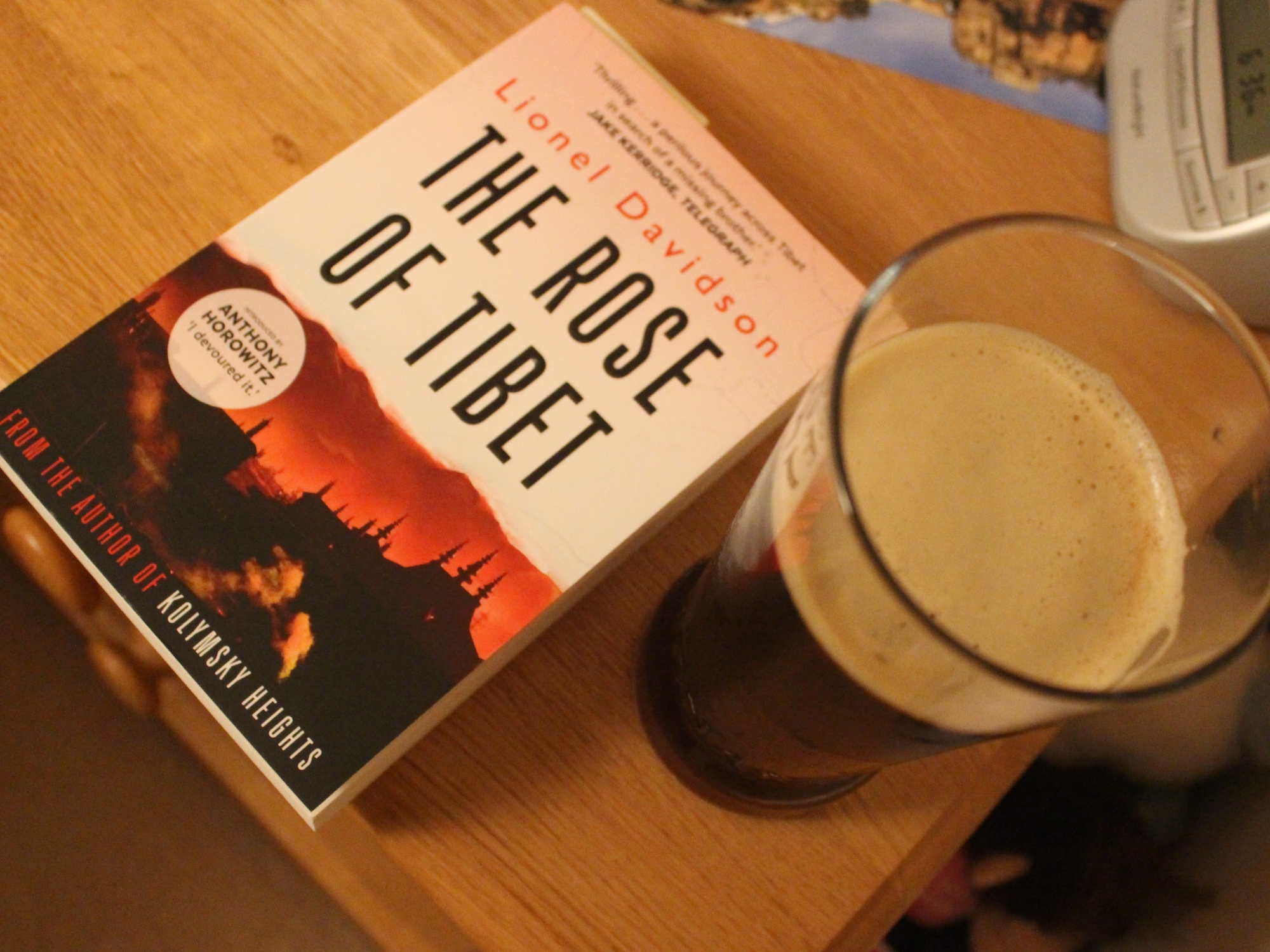Date finished: February 16th 2016
It has to be said, it’s nice to see a high street bookshop with exclusive rights. In an age where online shopping has become the predominant medium of consumerism, high street stores struggle more than ever. So, it’s an encouraging sign that, hot on the heels of an exclusive reprint of Kolymsky Heights last year, Waterstone’s have secured an exclusive reprint of another of Davidson’s thrillers, The Rose of Tibet.
Kolymsky Heights, Davidson’s final novel, was a tour-de-force combining the intelligently-plotted espionage of a John le Carre tale with the thrills of a Bourne film, and a healthy dose of speculative fiction to taste. A follow-up reprint was well-deserved, and this time the publishers have opted for Davidson’s second ever novel, first published in 1962.
The Rose of Tibet follows the story of Charles Houston, an art teacher, whose brother is among those killed in a film crew’s trip to the Himalayas gone awry. Houston travels to India to confirm the death but evidence suggests that his brother is still alive. Driven by this idea, he sets upon a perilous journey through the Himalayas to reach the strange women’s Monastery of Yamdring in Tibet where he believes his brother may be being held captive. But he has arrived at a time of prophecy and mysticism in the monastery and events soon begin to spiral out of control…

If this and Kolymsky are anything to go on, Davidson’s novels start out a bit like generic thrillers, but he always introduces an element of intrigue to suddenly turn events on their head, and The Rose of Tibet doesn’t disappoint on this front. It does, however, take a little longer than Kolymsky Heights to reach this point so it requires a certain level of commitment. Particularly as the first 100 pages feel a little distant, as though Davidson wasn’t entirely invested in the writing of this part and enthusiasm only reached him once the twist in the tale was reached. Nonetheless, it’s worth a bit of strife to get to this point.
In a mirroring of the start, after the intrigue of the mid-third, the novel does begin to wind down again, picking up again briefly in the middle of the final third before stumbling to a somewhat inconclusive halt. This seems to be the point, the novel told within a meta-fictional framework that seeks to ‘explain’ the supposedly true story the novel is based on.
Nonetheless, despite these slower sections, The Rose of Tibet is a competent thriller with a unique plot that generates a lot of intrigue about an often overlooked region of the world. Davidson writes with a meticulous attention to detail and is able to forge concepts that most thriller writers couldn’t dream of. Compared to the later Kolymsky Heights, it’s a somewhat rougher diamond, but it’s still a great adventure tale worthy of its reissue.
7/10
